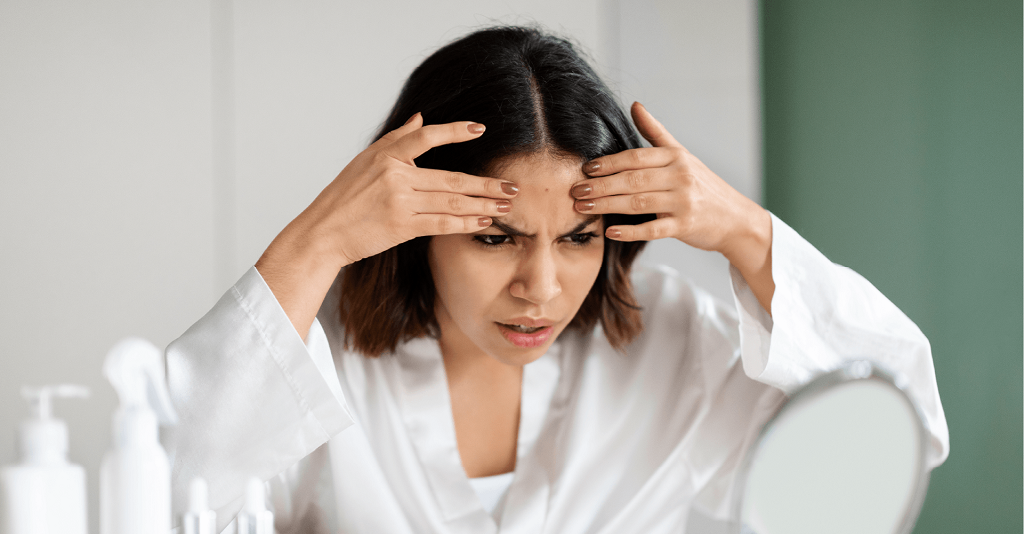Folliculitis in Men: Key Signs Every Beautician Should Know
As a beautician, having a keen eye for skin conditions can significantly enhance your ability to advise clients and offer the right treatments. One such condition that often goes unnoticed or misdiagnosed is folliculitis in men. Detecting the signs of folliculitis early can save your clients from discomfort and potential skin damage. Let's explore how you can recognize folliculitis in men and provide valuable care and advice.

What is Folliculitis?
Folliculitis refers to the infection and inflammation of hair follicles. While it can affect anyone, certain factors make men more susceptible. The condition can appear similar to acne, presenting as small red bumps, but unlike acne, it is not caused by oil build-up. Instead, it is usually due to bacterial or fungal infections. Understanding the differences between folliculitis and acne is crucial for providing proper treatment and care.
Recognizing the Signs: What Every Beautician Should Look For
Detecting folliculitis early allows for better management. Key signs include:
- Clusters of small red bumps or white-headed pimples around hair follicles.
- Itchiness or a burning sensation in the affected area.
- Inflammation and redness around hair follicles.
- Pus-filled blisters that break open and crust over.
It's essential to encourage clients to not pick at these bumps to prevent further infection.
Common Causes and Risk Factors
Folliculitis in men is often triggered by shaving, which can lead to irritation and infection. Men with curly hair are especially prone due to ingrown hairs. Wearing tight clothing and using poorly maintained hot tubs are other risk factors. Familiarizing yourself with these causes enables you to advise clients on preventive steps.
Preventive Measures and Treatments
Providing guidance on preventive measures can make a significant impact. Consider these strategies:
- Advise clients to use a clean and sharp razor when shaving to reduce irritation.
- Recommend loose-fitting clothing to minimize friction.
- Suggest the use of antibacterial soap or lotion.
For treatment options during consultations, you might consider recommending topical antibiotics or synthetic oils like avocado oil known for its soothing properties.
When Professional Help is Needed
If home remedies dont alleviate symptoms, it might be time for clients to seek dermatological advice. Persistent or severe folliculitis may require professional medical treatments. Refer clients to resources like the Mayo Clinic guide for effective diagnosis and treatment options.
Key Takeaways for Beauticians
As a beautician, recognizing folliculitis in men ensures you provide informed advice, enhancing your professional reputation and client trust. Stay informed about skin conditions, and dont hesitate to refer clients to dermatology specialists when necessary for their skin health.

FAQs about Folliculitis in Men
What causes folliculitis in men?
It is commonly caused by bacterial infection and aggravated by factors like shaving and tight clothing.
How can folliculitis be prevented?
Using clean razors, avoiding tight clothing, and practicing good hygiene are effective prevention strategies.
When should a client see a doctor about folliculitis?
Clients should seek medical advice if symptoms persist beyond a few days or if the condition worsens, as indicated by increased pain or spreading infection.
For more detailed resources, explore folliculitis in specific areas to support your work.

